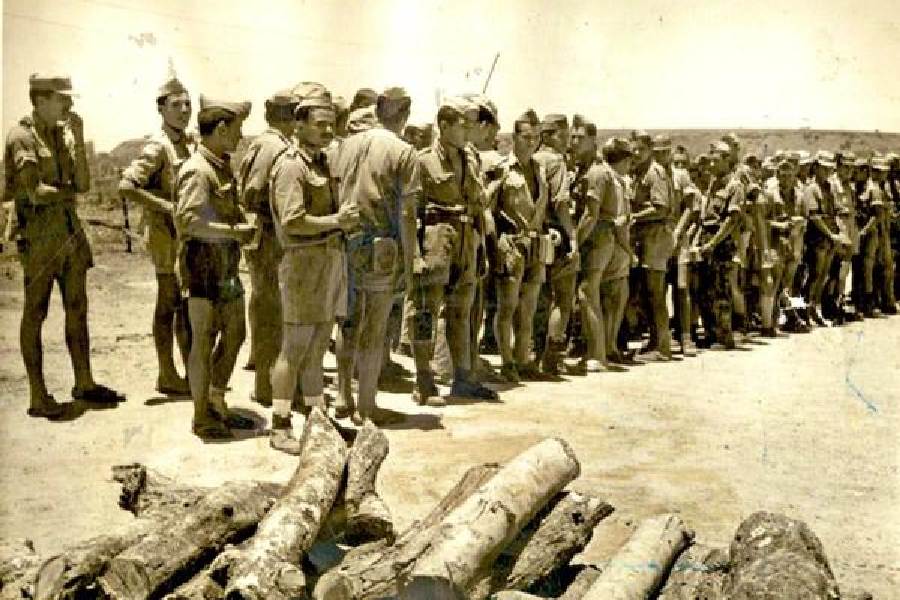Book: Goa, 1961: The Complete Story of Nationalism and Integration
Author: Valmiki Faleiro
Publication: Vintage
Price: Rs 699
The liberation of Goa from the Portuguese 14 years after India’s Independence has been an intriguing issue in the Indian political discourse. In recent years, the debate has got sharper with many people scoring brownie points by faulting India’s first prime minister, Jawaharlal Nehru, for the delay in Goa’s liberation. Nehru was accused even in the past of sacrificing Goa’s independence and integration with India to maintain his international image as a man of peace. But his detractors fail to examine the matter as a situation where a leader is forced to balance between domestic compulsions and international commitments.
The war with Pakistan over Kashmir, soon after Independence, could be justified as India’s response to maintain its territorial integrity in the face of an armed intrusion from a recalcitrant neighbour. The conflict with China came only a year after Goa; some argue that India’s military intervention might have played a decisive role in China’s thinking that a war with India on the boundary issue was inevitable.
Goa, 1961 is an extremely well-researched book on this debate. Through its compelling narrative, it tells us what made the Portuguese, the first European power to arrive in India, to be the last to leave the country.
Beginning with Portugal’s quest for a trade route to Asia that brought it to India and, subsequently, to Goa, Faleiro weaves various arguments, debates and discussions in the run-up to the situation that led India to give up peaceful negotiations and opt for military intervention. He gives a detailed account of India’s massive mobilisation that ended in the weak resistance and quick surrender by the Portuguese soldiers and talks at some length about the situation in Goa in the aftermath of the military operation.
The army intervention was widely hailed in India. But it sparked off outrage in the West. Most of India’s sympathisers mocked its duplicitous foreign policy. The mood was best summed up by the then American president, John F. Kennedy, who told India’s ambassador, B.K. Nehru, that although he was not angry with India for what it did as he felt it should have been done 14 years back, in all these years, India had decided to lecture other countries for using force to further their interests. Now India had done exactly what it criticised others of doing. Kennedy said the prevailing mood in the US against India is like, “… the preacher has been caught coming out of the brothel and people are clapping.” He added: “And, Mr. Ambassador, I wish to tell you that I am clapping with them.”
Faleiro’s book includes a number of interesting sketches of the characters who played an important role in Goa, ranging from Indian freedom fighters, to military and police officials, to the Portuguese dictator, Antonio de Oliveira Salazar, who refused to let go of Goa until the end.
A whole chapter is dedicated to Krishna Menon, Nehru’s confidant and India’s most controversial defence minister. As chief architect of the Goa operation, Menon, a die-hard anti-American crusader, ignored the US’ advice and often managed to put Nehru in a spot. But as liberator of Goa, he won a tough Lok Sabha seat in Bombay in the wake of the military operation.
This book should interest any person keen to know more about India’s contemporary history.











